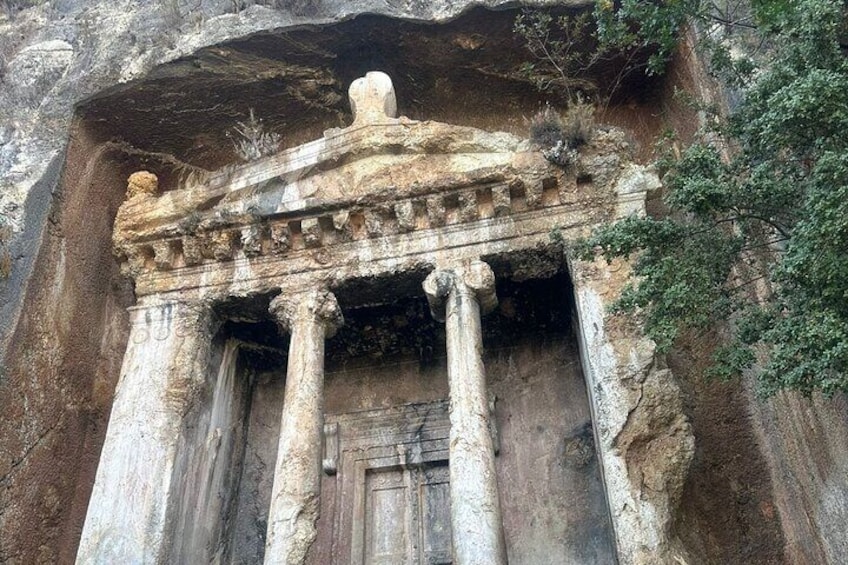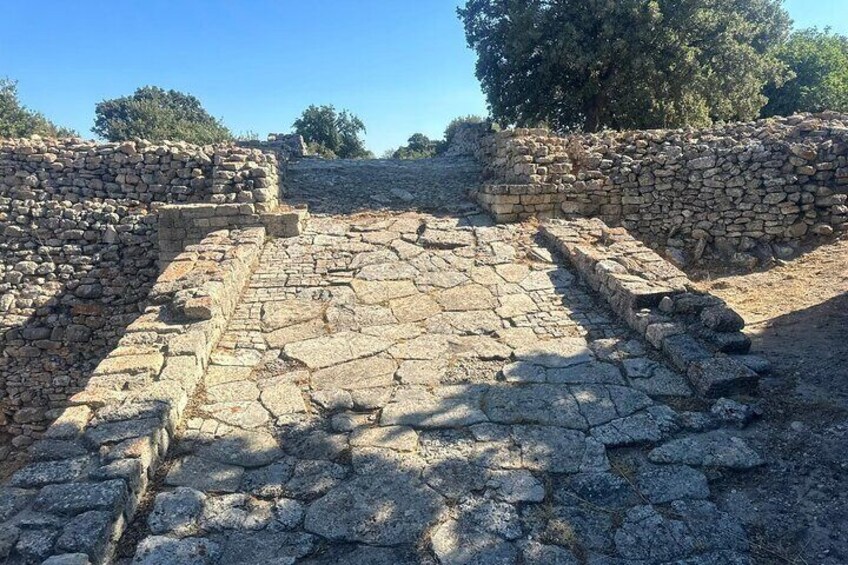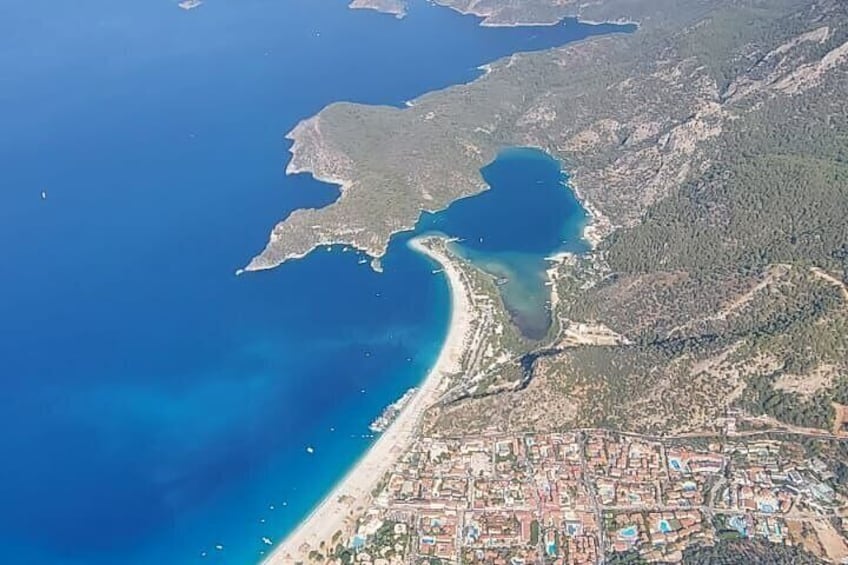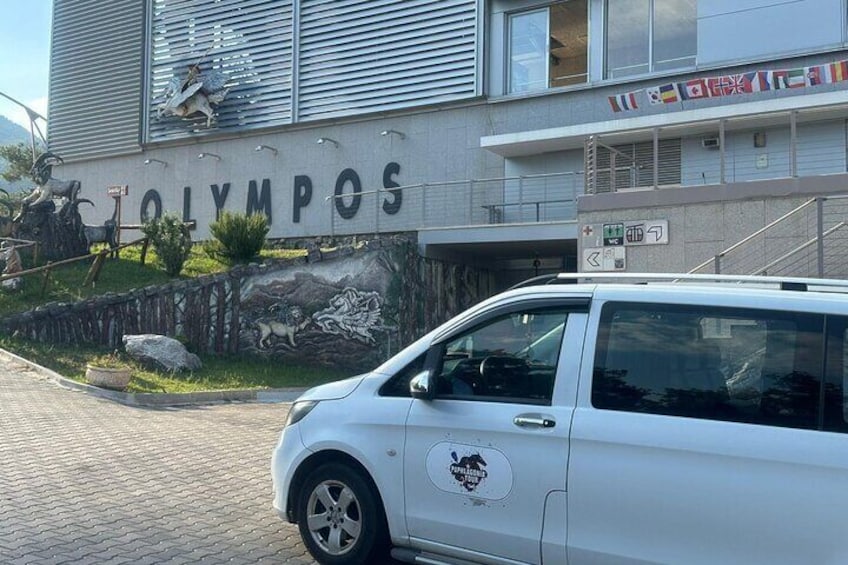Members save 10% or more on over 100,000 hotels worldwide when you’re signed in





Anatolian mythology tour following the footsteps of the gods
Features
- Free cancellation available
- 10d
- Mobile voucher
- Instant confirmation
- Multiple languages
Overview
Turkey's historical and cultural heritage is of great importance for the country's national identity and international recognition. Places like Antalya, Pamukkale, Ephesus, and Pergamon reflect Turkey's rich history that spans from ancient times to the present and are recognised as world heritage sites. These regions not only showcase Turkey's historical richness but also make significant contributions to global cultural heritage.
Every year, millions of tourists visit Turkey's unique historical ruins, natural wonders, and cultural sites. These tourist activities help to invigorate local economies and bring in foreign currency.
Turkey's natural beauty is also valuable for raising environmental awareness and promoting ecotourism. For instance, the eternal flames of Mount Chimaera, the travertines of Pamukkale, and the hiking trails along the Lycian Way are prime examples of Turkey's natural wealth.
Activity location
- Lower Duden Waterfalls
- Lara Cd. No:457, Çaglayan Mahallesi
- 07230, Antalya, Turkiye
Meeting/Redemption Point
- Istanbul Airport
- No:1 Terminal Caddesi
- 34283, Tayakadın, İstanbul, Turkiye
Multiple meeting/redemption points available, see location information for full list
Check availability
4 to 7 people option
- 10d
- English
mercedes van
Pickup included
2 to 3 people option
- 10d
- English
car, mini van
Pickup included
What's included, what's not
- accomadition
- museum tickets
- Lunch
- Drinks
- Dinner
Know before you book
- Public transport options are available nearby
- Not recommended for travellers with spinal injuries
- Not recommended for pregnant travellers
- Not recommended for travellers with poor cardiovascular health
- Travellers should have at least a moderate level of physical fitness
- In accordance with EU regulations about consumer rights, activities services are not subject to the right of withdrawal. Supplier cancellation policy will apply.
Activity itinerary
Day 1: Daily Tour in Antalya
- 4 stops
- Meals: Not included
- Accommodation: Sleep in Antalya
Lower Duden Waterfalls
- 1h
- Admission ticket included
Aspendos Ruins
- 1h
- Admission ticket included
Perge Ancient City
- 1h
- Admission ticket included
Greek Amphitheater
- 2h
- Admission ticket included
Day 2: Tour in Çıralı
- 4 stops
- Meals: Not included
- Accommodation: Accommodation in Çıralı
Antalya Muzesi
- 1h 30m
- Admission ticket included
Kaleici
- 1h 30m
Termessos
- 2h
- Admission ticket included
Cirali
- 1h 30m
Day 3: From Demre To Fethiye
- 5 stops
- Meals: Not included
- Accommodation: Sleep in Fethiye
Myra Antik Kenti
- 1h
- Admission ticket included
Letoon
- 1h
- Admission ticket included
Tlos
- 1h
- Admission ticket included
Patara Antik Kenti
- 1h 30m
- Admission ticket included
Ksantos
- 1h 30m
Day 4: From Fethiye to Marmaris
- 4 stops
- Meals: Not included
- Accommodation: Sleep in Ölüdeniz
Amynthas Rock Tomb
- 1h
- Admission ticket included
Lycian Rock Tombs
- 2h
- Admission ticket included
Saklikent
- 1h 30m
Oludeniz
- 1h 30m
Day 5: Tour in Marmaris
- 3 stops
- Meals: Not included
- Accommodation: Sleep in Marmaris
Marmaris
- 2h
Iztuzu Beach
- 4h
- Admission ticket included
Kaunos
- 1h
- Admission ticket included
Day 6: From Marmaris to Geyre
- 4 stops
- Meals: Not included
- Accommodation: Sleep in Geyre
Mausoleum of Halicarnassus
- 1h
- Admission ticket included
Castle of St. Peter
- 1h
- Admission ticket included
Bodrum Museum of Underwater Archaeology
- 30m
- Admission ticket included
Temple of Apollo
- 1h 10m
- Admission ticket included
Day 7: From Geyre to Pamukkale
- 3 stops
- Meals: Not included
- Accommodation: Sleep in Pamukkale
Aphrodisias
- 2h
- Admission ticket included
Pamukkale
- 3h
Laodikeia Antik Kenti
- 2h
- Admission ticket included
Day 8: From Pamukkale to Bergama
- 3 stops
- Meals: Not included
- Accommodation: Sleep in Bergama
The Temple of Artemis
- 2h
- Admission ticket included
Ephesus Museum
- 1h
- Admission ticket included
Ancient City of Ephesus
- 1h 30m
- Admission ticket included
Day 9: From Bergama to Güzelyalı
- 4 stops
- Meals: Not included
- Accommodation: Sleep in Güzelyalı
Bergama
- 1h 30m
Zeus AltarI
- 1h 10m
- Admission ticket included
Assos
- 40m
Ayazma Plaji
- 2h
- Admission ticket included
Day 10: From Güzelyalı to İstanbul
- 4 stops
- Meals: Not included
- Accommodation: Not included
Troy (Truva)
- 1h
- Admission ticket included
Troya Muzesi
- 1h 30m
- Admission ticket included
Assos Antik Sehri
- 1h 30m
- Admission ticket included
Istanbul
- 1h 30m
Location
Activity location
- Lower Duden Waterfalls
- Lara Cd. No:457, Çaglayan Mahallesi
- 07230, Antalya, Turkiye
Meeting/Redemption Point
- Istanbul Airport
- No:1 Terminal Caddesi
- 34283, Tayakadın, İstanbul, Turkiye
- Antalya Airport
- Antalya Havaalanı Dış Hatlar Terminali 1
- 07230, Yeşilköy, Antalya, Turkiye